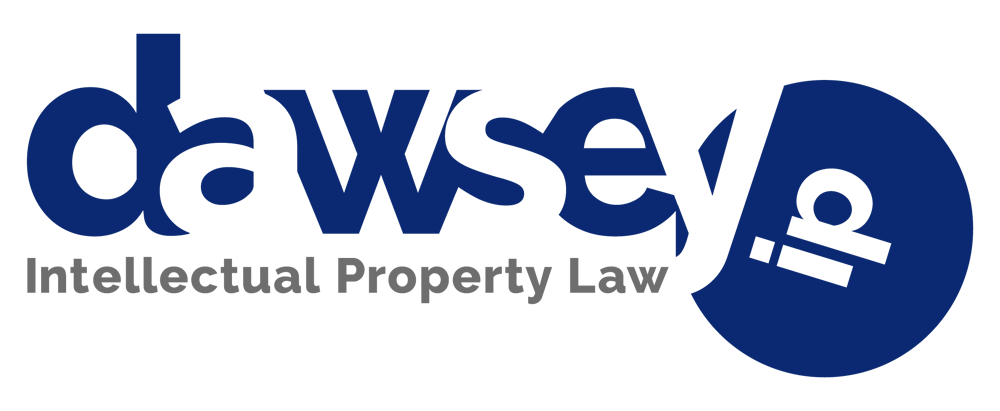
How Should software be protected?
© 2002, Dawsey Co., LPA
March 2002
Is software more like a literary work or an invention? Individuals and courts have debated this question for decades. One’s answer to this question generally determines whether they believe copyright or patent law should protect software.
This article will introduce the reader to the principles of copyright and patent protection as well as provide guidance as to which form of protection is appropriate for their particular software.
Copyright Basics
Copyright is a form of protection provided by the laws of the U.S. to the authors of “original works of authorship,” including literary, dramatic, musical, artistic, and certain other intellectual works. This protection is available to both published and unpublished works.
Copyright laws provide the owner with exclusive rights over the reproduction, preparation of derivative works, distribution, and public performance and display of copyrighted work.
Copyright protection exists once a work is created and “fixed in tangible form.” That means that copyright comes into existence as soon as a work is written down or otherwise recorded. However, copyright registration is generally required to obtain damages in an infringement action against one who copies the work.
Patent Basics
A patent on an invention is the grant of a property right to the inventor, issued by the United States Patent and Trademark Office. Generally, the term of a new patent is 20 years from the date on which the application for the patent was filed in the United States. U.S. patent grants are effective only within the United States, U.S. territories, and U.S. possessions.
The right conferred by the patent grant is “the right to exclude others from making, using, offering for sale, or selling” the invention in the United States or “importing” the invention into the United States. There are three types of patents: utility, design, and plant. Utility patents may be granted to anyone who invents or discovers any new and useful process, machine, article of manufacture, or compositions of matter, or any new useful improvement thereof. Design patents may be granted to anyone who invents a new, original, and ornamental design for an article of manufacture. Plant patents may be granted to anyone who invents or discovers and asexually reproduces any distinct and new variety of plants. Software patents fall within the “utility” patent category.
Advantages & Disadvantages
In deciding whether to seek copyright or patent protection for software, developers often make the decision based on the degree of difficulty required in obtaining the protection rather than the scope of protection afforded.
Copyright protection exists once a work is created and “fixed in tangible form.” The additional step of filing for registration with the Library of Congress can be performed by an attorney for under $500. Copyright protection can generally be obtained in three months.
Alternatively, patent protection does not exist until a patent is issued. Generally it takes approximately two years from the date of filing a patent application until the issuance of a patent. Additionally the cost of preparation and prosecution of a software patent application may cost $6,000-$15,000.
While patent protection takes longer and is more expensive than copyright protection, the protection is much broader. Under patent protection the software developer may prevent competitors from using the patented software innovations in their products even when they are not actually copied. On the other hand, copyright protection generally only allows the developer to prevent copying of the object or source code. It does not protect against copying of any “idea, procedure, process, system, method of operation, concept, principle, or discovery” in the software. Additionally, copyright does not protect against the independent creation of similar works.
To obtain the broad protection afforded by patent law there are several requirements that most software products cannot meet. The requirement that the invention be new and not obvious causes the most problems for software patent applications. However, this requirement aids in the analysis as to whether one should pursue patent or copyright protection.
Seek the Assistance of a Patent Attorney
If your software meets the requirements for patent protection then it is generally a significant advance in software engineering and the developer should seek patent protection. All other software should be protected via copyright. Ultimately many factors must be analyzed in determining the appropriate form of protection for software and developers should consult with a patent attorney for assistance.
